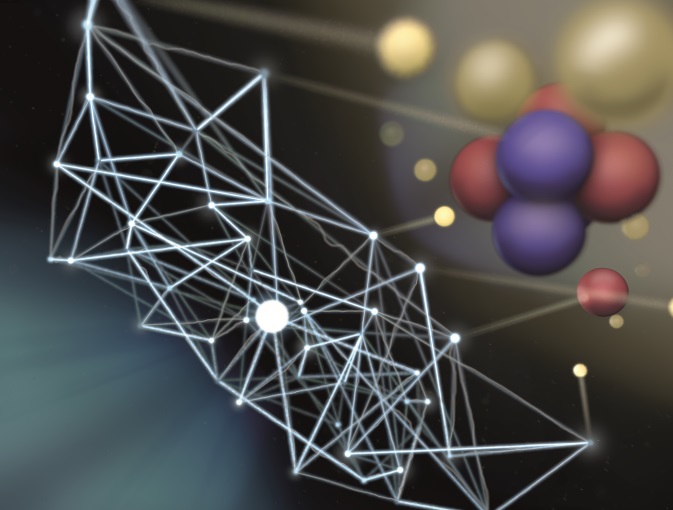
A Deep-learning Solution for the Schrödinger Equation

Solving the electronic Schrödinger equation is at the heart of computing and understanding in detail the physical and chemical properties of molecules and materials. They are of paramount importance for developing new drug molecules, biofuels or nanomaterials. Unfortunately the Schrödinger equation can only be solved exactly for the hydrogen atom, and the cost of highly accurate approximations to the solution increases exponentially with the number of electrons involved, limiting these approaches to tiny molecules. In the 2019 IPAM fall program “Machine learning for physics and the physics of learning” we have made key steps in developing a new solution to this long-standing problem where a deep neural network dubbed “PauliNet” is employed as an Ansatz function for the solution of the electronic Schrödinger equation that is optimized with variational Monte Carlo. PauliNet achieves ultrahigh-accuracy solutions of the electronic Schrödinger equation for small molecules at lower cost than methods not involving deep learning. In the spirit of the IPAM program, PauliNet gets much of its efficiency by combining the power of machine learning with fundamental physics knowledge guiding the neural network to meaningful solutions. The work was recently published in Nature Chemistry (Hermann, Schätzle, and Noé, Nature Chemistry volume 12, pages 891–897(2020)).